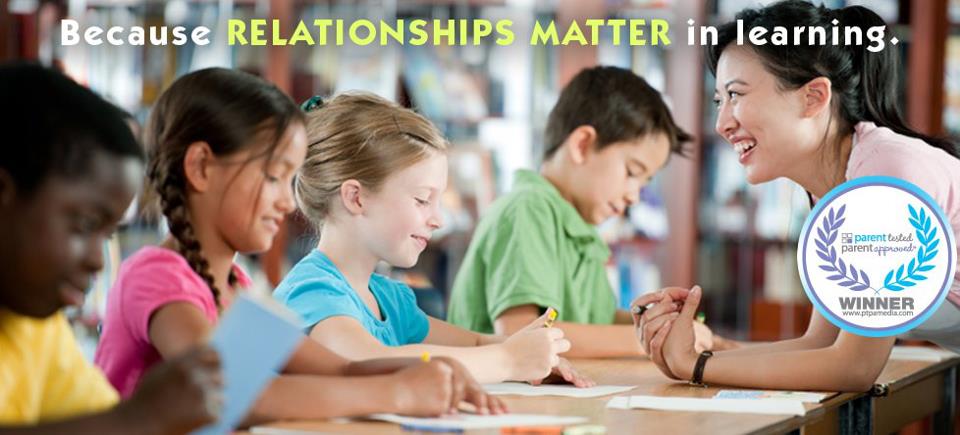As I speak with principals, assistant superintendents and curriculum directors each day, one of the first questions I always ask is “what is it that separates your superstar teachers from the rest of the pack?” The answer that comes back is always the same: “They are able to connect with each of their students,” “they tailor their lesson strategies to each class,” or “their classes are consistently engaged.”
Sounds a lot like another profession I was in for a couple of decades…marketing. A marketer’s job is to take a product and make it look/sound as appealing as possible to the target audience so that they’ll listen long enough to eventually be convinced to buy it based on the messages in their packaging, advertising and brochures. The selected message and advertising vehicle for products is not the same—it needs to be tweaked, tailored and massaged based on the target demographic. Focus groups are run in which all KINDS of perspectives are heard. A/B test splits are executed. Even if the message is perfected for a certain group, it will need to be modified if it’s to effectively reach a different target.
A teacher’s job is to take a concept and make it look/sound as appealing as possible to students so that they’ll engage long enough to eventually learn it based on the messages in lesson plans, homework and breakout groups. And, just as with marketing, the selected lessons and breakout groups need to be tweaked, tailored and massaged for the class based on who’s sitting in the classroom. Even if a unit is a hit with one class, the teacher will most likely need to modify it to most effectively reach their class mix either the next year…or next period.
In fact, the teacher’s job is INFINITELY harder than the marketer’s job because, while marketers can get a pat on the back for getting just a percentage of their target audience to purchase the product…the teacher is expected to get every kid in class to “buy” the concept.
Master teachers are able to do this because they often have an innate interpersonal gift. They intuitively know how to reach very different students. They are able to convince a raucous group of teenagers why geometry is and will be important to them. They are able to contextualize history in ways that students will be able to remember so that we’re not all doomed to repeat past horrors. They work magic with student breakout groups so that students are empowered to learn from each other and admire the unique strengths of their peers. They’re able to detect when a student “learns different” and help both the student and their parent modify the ways in which homework is approached so that the child has a greater chance of success with learning.
Why’s this important? Harvard & Columbia recently released the findings of a longitudinal study of 2.5 million students over 20 years that show the dramatic impact that quality teachers can have on their students. They are more likely to attend college, earn higher salaries, live in better neighborhoods and save more for retirement. They are also less likely to become pregnant as a teenager.
But earning your stripes as a quality teacher is more meaningful than just for the students. It’s a much more enjoyable profession for the teacher when she feels she’s reaching or, better yet, inspiring her students. At long last, the education and EdTech sectors are beginning to take notice and calling this new ground swell Personalization 3.0. But, at Kidzmet, we feel that what EdWeek has dubbed Personalization 3.0 isn’t using a wide enough angle lens. While the teacher-student relationship is important, so is engaging the parents as a critical member of a child’s learning team…as is beginning to harness the power of compatible student groups. In short, we believe that ALL learning relationships matter in a student’s education. Parent-student, teacher-student, parent-teacher, and student-student.
What about you? Do you feel that content positioning is as important as content pacing in educating our youth?


